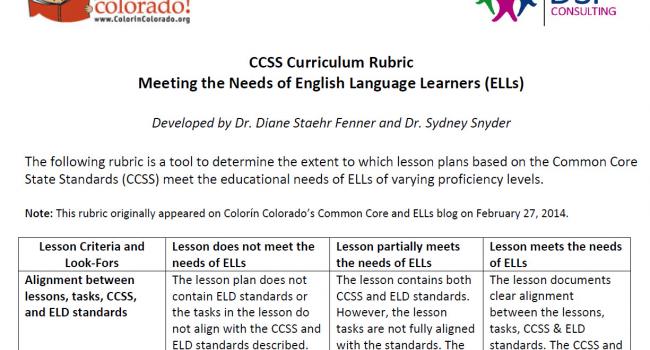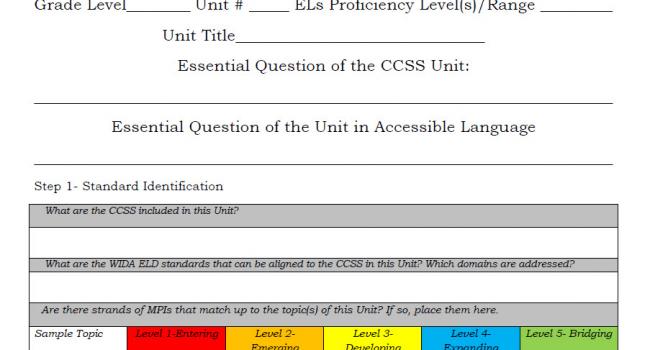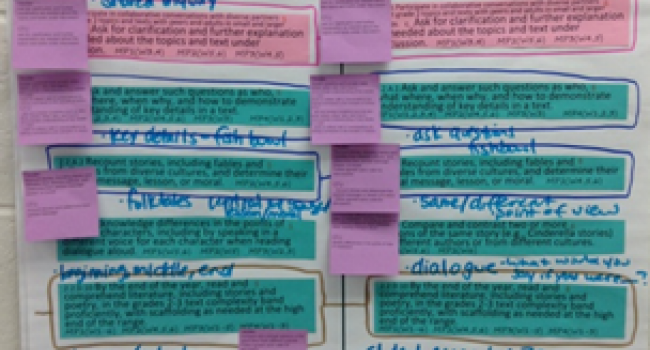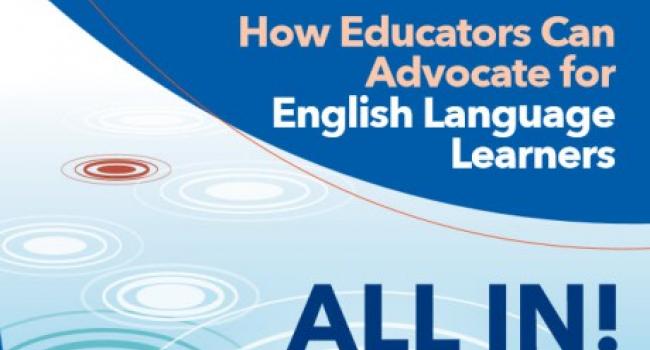This blog post written by guest blogger Ayanna Cooper features four recommended steps for administrators to strengthen their English language programs in the greater context of more rigorous academic standards.
In this post, I’ll first share some highlights of the Californians Together Common Core advocacy toolkit, and then I’ll leave you with my takeaways.
Here are some questions to consider in your planning around professional development focused on academic language.
This blog post will provide you with key strategies and ideas on how to continue conversations about the implementation of Common Core and implications for educating ELs.
When asked to review these curricular units, I realized I needed a rubric to help me take an objective look at them and be able to share the results with the curriculum writers.Dr. Sydney Snyder and I developed the rubric below and found that it’s been helpful in framing our own thinking.
In this blog post written for Colorín Colorado, Rhode Island administrator and WIDA trainer Julie Motta walks through a read-aloud activity for first grade and highlights how she engaged the students with the story, brought in content-area connections, and included informal assessment to check comprehension.
Julie Motta is the Assistant Superintendent of the East Providence School District in Rhode Island and formerly the ESL Director of Pawtucket Schools. In this blog post written for Colorín Colorado, Julie walks through a template that she has been using with her ESL teachers to make curriculum units aligned to the Common Core State Standards more accessible to ELs and highlights the many strengths and areas of expertise her teachers bring to the process.
This blog post is the second in a three-part series about the steps one elementary school took to increase collaboration between ESOL teachers and content teachers in order to better meet the language needs of ELLs in their school during the imple
One crucial aspect to consider is how collaboration will need to change to be effective with implementing the CCSS for ELLs. To that end, I’ll take a closer look here at teacher collaboration as one way to share the responsibility (and joy) of teaching ELLs the CCSS.
This post gives an overview of NEA's advocacy guide and then uses a specific CCSS scenario to walk readers through and apply the five advocacy steps outlined in the guide.










